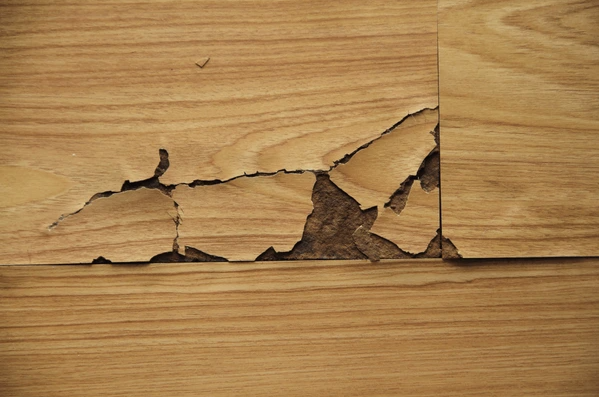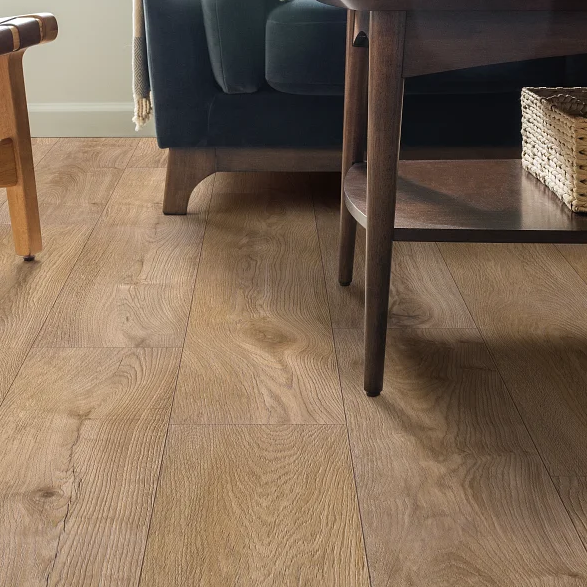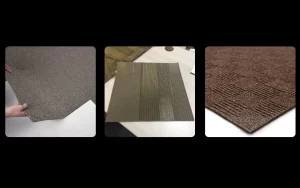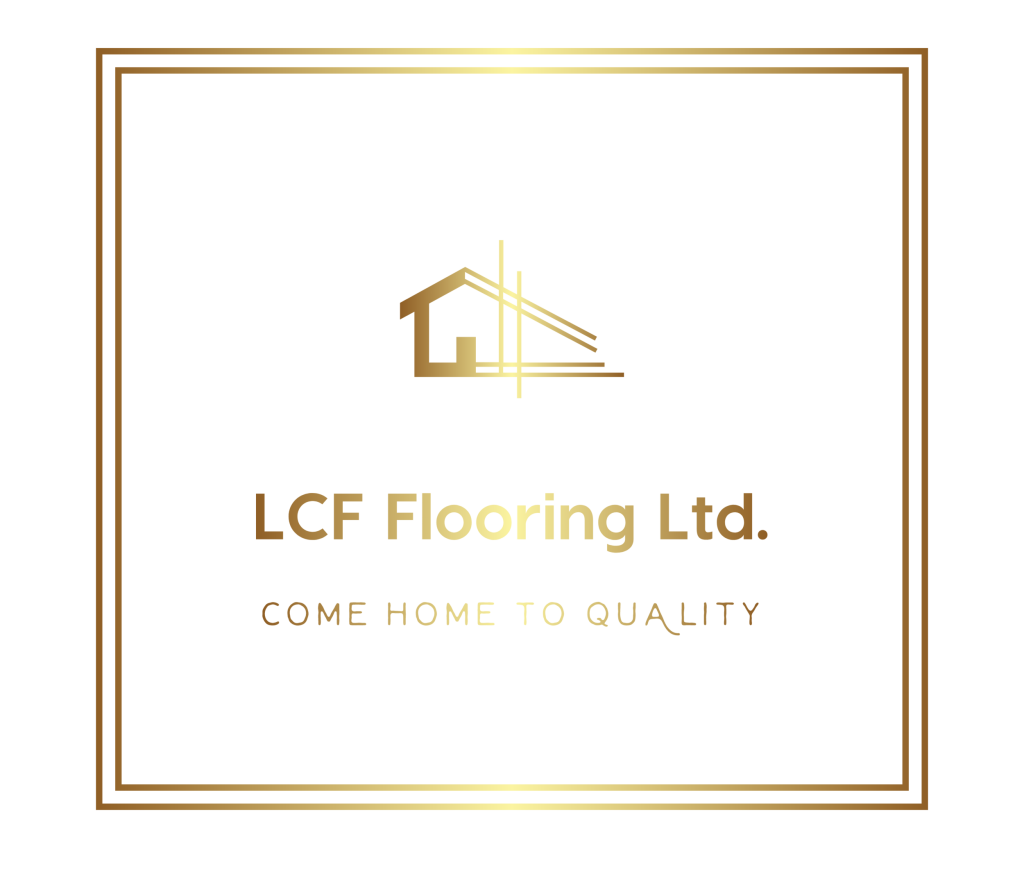In the ever-changing landscape of interior design, trends can rise and fall in popularity. Laminate flooring, once a go-to option for budget-conscious homeowners, has seen a decline in its status as a sought-after flooring choice. While it was once celebrated for its affordability and durability, several factors have contributed to its decline in popularity over the last decade. Let’s delve into these reasons, and explore two great alternatives for your next renovation.
1. Lack of Authenticity
While early versions of laminate attempted to replicate the look of real wood and stone, they often fell short in terms of authenticity. The synthetic appearance, repeating patterns, and lack of depth made it clear that laminate was an imitation rather than the real thing. As design trends shifted towards a desire for genuine, natural materials, the artificial appearance of laminate became less appealing.
2. Durability Concerns
Another factor contributing to laminate’s decline is its perceived lack of durability. While it was once touted as a scratch-resistant and water-resistant option, many homeowners found that it did not hold up well over time. Scratches, dents, and chips became common issues, especially in high-traffic areas. Additionally, moisture could seep into seams, causing warping and swelling, particularly in kitchens and bathrooms.
Despite improvements in manufacturing, laminate is still perceived by some as a lower-quality flooring option. Issues such as wear, fading, and an inability to refinish contribute to its outdated image.

3. Evolving Design Trends
As design tastes evolved, so did the preferences for flooring materials. Laminate, with its limited range of styles and designs, struggled to keep up with the demand for more varied and unique options. Homeowners began seeking flooring choices that offered character, individuality, and a sense of luxury, qualities that laminate often lacked.
The synthetic appearance of laminate flooring, with its repeating patterns and lack of natural variation, is often seen as a design element of the past. Modern design trends lean towards authenticity and uniqueness, qualities that laminate often struggles to deliver.
4. Rise of Alternatives
The market now offers a wide range of flooring options that provide the look and feel of natural materials without the drawbacks of laminate. Engineered hardwood, luxury vinyl plank (LVP), and wood-look porcelain tiles are just a few examples of alternatives that have gained popularity.
Alternatives to Laminate Flooring
For those seeking a flooring option that offers the benefits of laminate without the outdated stigma, several alternatives are worth considering:
1. Luxury Vinyl Planks (LVP)
LVP has surged in popularity due to its realistic wood and stone looks, exceptional durability, and waterproof properties. It is also softer underfoot than traditional laminate, providing a more comfortable experience.
Luxury vinyl planks are not only more durable than laminate, but they are also more resilient against temperature fluctuations, uneven subfloors, and sound transmission. On top of that, LVP is easier to install and doesn’t require a separate underlay.
2. Engineered Hardwood
Engineered hardwood provides the warmth and elegance of real wood with added durability. Its layered construction makes it less prone to warping and moisture damage compared to solid hardwood. It is a great alternative to laminate flooring because of its true natural appearance and texture, along with the durability of real wood.
3. Wood-Look Porcelain Tile
Porcelain tile that mimics the look of wood offers the beauty of hardwood with the durability and easy maintenance of tile. It’s a perfect choice for areas prone to moisture, such as bathrooms and kitchens. Not only this, but it can be a beautiful addition to a shower as a feature wall, and can even be used in outdoor applications such as pool decks and patios.
In Conclusion
While laminate flooring was once a popular choice for its affordability and easy installation, its outdated image is now hard to shake. Issues such as lack of authenticity, durability concerns, and evolving design trends have contributed to its decline in popularity among homeowners and designers.
As the demand for more authentic, durable, and eco-friendly flooring options grows, laminate finds itself overshadowed by alternatives that offer the look and feel of natural materials without the drawbacks. Whether it’s engineered hardwood, luxury vinyl planks, or wood-look porcelain tile, there are numerous options available that provide superior performance and aesthetic appeal.
While laminate flooring may still have its place in certain settings, its outdated reputation suggests that many are opting for more modern and sophisticated choices for their homes. As the flooring industry continues to innovate, it’s clear that laminate’s heyday has passed, making room for a new era of flooring materials that better meet the demands of today’s discerning consumers.








